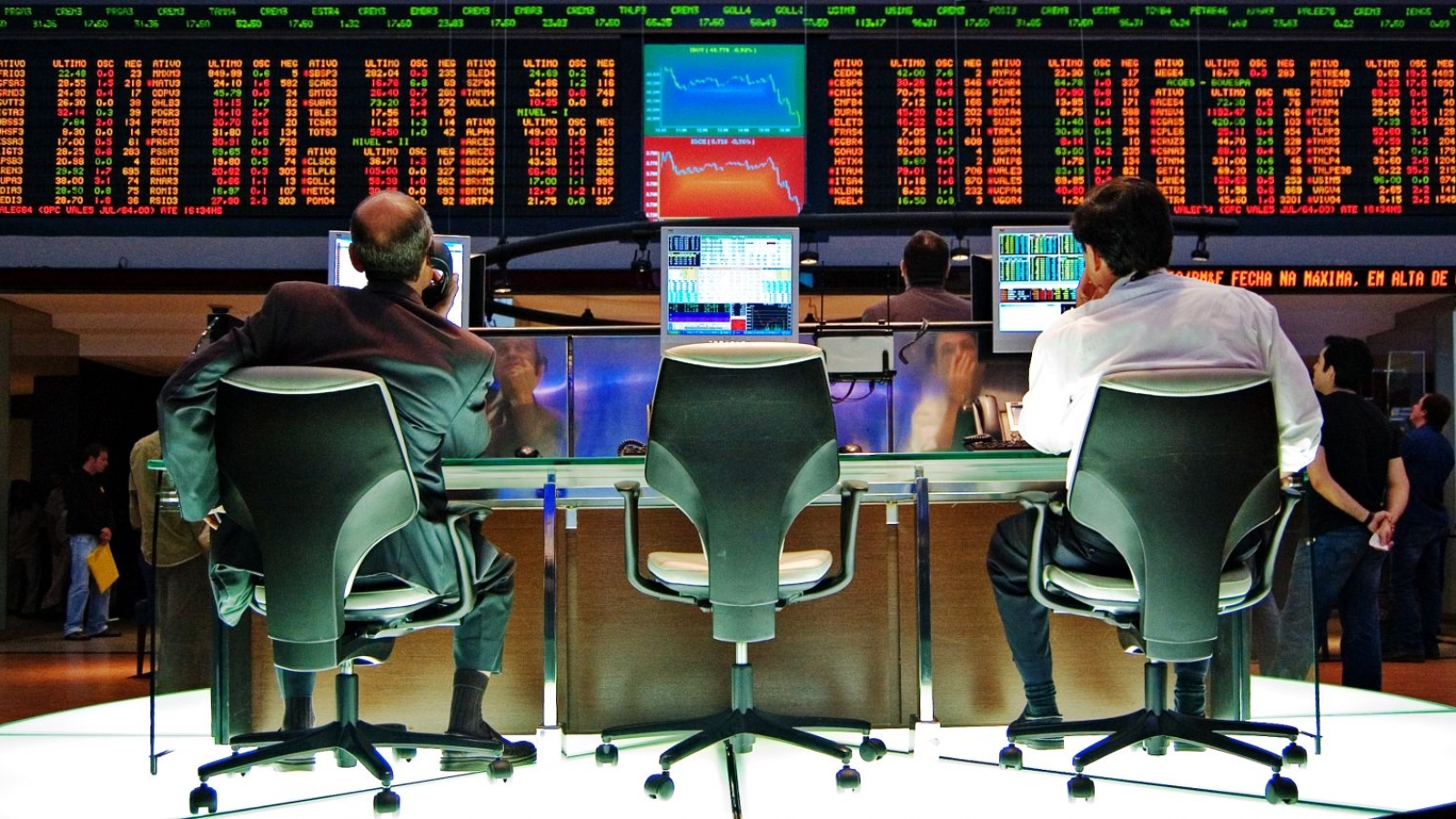By James H. Nolt
I promised to discuss ISIS this week, but I think for now it is too much of a diversion from the direction I have been taking thus far, so I resume the topic of why banks turn bearish and how this helps define the business cycle and determine the price level.
Banks do many lines of business. There is no single model of how to make money as a banker. So far in this blog I have introduced most of the major ways, including the one everyone knows, making loans, but also the often more important roles of underwriting and trading bills, bonds, stocks, and derivatives.
Loans, whether business or consumer credit, come in two varieties: fixed and floating interest rate. The interest rate of floating rate loans varies according to the current rate. These loans are somewhat protected against the effects of inflation because as inflation rises, interest rates tend to rise too (the Fisher Effect discussed previously) as it is in the interest of creditors to raise them.
On the other hand, the real value of fixed rate loans and bonds falls as inflation increases. This is because the face value of these debts is defined as a fixed money value, but inflation erodes the purchasing power of money and therefore all debts denominated in that currency. Owners of these kinds of credits typically form the core of the bear party.
Bears and creditors are related, but not identical. Those creditors who lend to the heavily-leveraged bullish schemes may share the interest in bullish asset price inflation. Furthermore, bear and bull are roles that vary dynamically over the business cycle. Some investors may be heavily committed to a bullish position that is hard to unwind (illiquid). Others may be strongly committed bears. Often times most are bearish in some assets and bullish in others. When a downturn is near, the bear party expands in what is frequently called a flight to liquidity.
Liquidity is an important concept that is often difficult for non-financiers to understand. Economists define it as cash or something that is easy to sell for cash with little loss of value, but this static definition of liquidity is not quite adequate. Cash is usually liquid, but cash is a relatively scarce asset compared to the vast worldwide stock of bills, bonds, stocks, commodities, real estate, and productive businesses that constitute the universe of assets. Which of these is liquid?
Liquidity is not an intrinsic property of an asset, but is entirely dependent on the overall economic context. Even cash is not always liquid. For example, during the world wars and their aftermath, many countries maintained exchange controls. The national currency could not be exchanged for gold or foreign currencies without a license from the government approving the purpose of the exchange. In such circumstances, the currency becomes less liquid. If inflation is occurring then the currency is losing value without much chance to be exchanged for anything more liquid.
Among non-cash assets, bonds and bills are often considered more liquid than stocks, let alone real property. Stocks have no fixed value. They can fall in value without limit if investors lose confidence in the solvency of the corporation, as happened to Lehman Brothers and Bear Stearns during the 2008 crisis or Enron in 2001.
Bonds and bills, on the other hand, have a face value that they promise to pay at the maturity date. The closer they are to their maturity date, the more liquid they are, since payment soon risks loss of value less than payment in the distant future.
The liquidity of bills and bonds is also affected by the confidence investors have in the solvency of the issuer. An issuer likely to default renders its bonds and bills less liquid. For example, when investors believe Greek government bonds might default, they become harder to sell without a loss, and therefore less liquid.
Finally, all assets are less liquid if the currency in which they are denominated or for which they must be sold is itself illiquid. If, for example, legal contracts of sale in Argentina must be denominated in pesos and the peso is subject to exchange controls, then all Argentine assets become more illiquid, especially when it is suffering high inflation.
Now enter private power. Who determines which assets are liquid? Economists will answer “the market.” This answer not wrong, but rather, too vague. Yes, the availability of willing buyers who consider the current market price less than the real value of the asset, i.e., bulls, makes an asset liquid. However, knowledge about the “correct” value is not evenly distributed among investors.
Let’s start by considering what brokers do. Whatever type of financial security a broker trades–stocks, bonds, bills, etc.–the process is basically the same. Brokers take buy and sell orders from the investing public. Some orders are for immediate execution, for example, to buy 100 shares of GE stock. The broker will try to execute the transaction quickly at whatever price is offered at the moment. However, brokers also take many standing orders that are not for immediate execution, e.g., buy 100 shares of GE stock at 50. If the best price now on offer is 55, the broker will log this standing order in his “book” and wait to execute if or when the price falls to 50.
The bigger the broker, the more standing orders there are in their book. Thus brokerage firms that are very large in relation to the total market will typically have thousands if not millions of diverse standing orders in their book at any one time. By examining this book of unfulfilled business, they have broad information about the expectations of the investor community that is much more detailed and complete than the knowledge of any one investor, even a big one like George Soros or Warren Buffet (unless they also own a large brokerage firm).
If there are lots of standing orders to sell near the current price and few to buy, then the book is thin on the buy side, and brokers can expect the price must fall significantly before the many eager sellers can find willing buyers. The balance of the book is on the bear side. The opposite could also be true.
Big brokers, and anyone they choose to share the information with, have an insider advantage because when a price is likely to move, they will be the first to know. They agglomerate information about the expectations of a broad segment of the investing public.
It is no wonder that nowadays most of the biggest banks also own brokerage firms. Own the firm, and you own its proprietary information. Next week we will see how this power can be used strategically to influence prices in your favor and even to influence the overall price level when information about price trends is combined with power over credit.
*****
*****
James H. Nolt is a senior fellow at World Policy Institute and an adjunct associate professor at New York University.
[Photo courtesy of Wikimedia Commons]
